Cooking and baking enthusiasts often find themselves debating the differences between pastry crust and pie crust. Understanding these distinctions is essential not only for mastering various recipes but also for enhancing your culinary skills. In this article, we will explore the characteristics, ingredients, and making techniques of these two types of crusts, equipping you with the knowledge needed for your next baking adventure.
For more detailed insights into baking techniques, you can check this Paper-Wrapped Chicken Recipe.
Additionally, if you’re looking for new chicken recipes, you might enjoy this Air Fryer Stuffed Chicken Thighs.
Understanding the Basics
1.1 Definition of Pastry Crust
A pastry crust is a versatile, flaky crust typically used in dishes like tarts and quiches. It’s known for its tender texture and is often used where a more delicate structure is needed.
1.2 Definition of Pie Crust
In contrast, a pie crust is primarily used for fruit and cream pies. This crust is more robust, designed to hold fillings that may release juices during baking.
1.3 Similarities and Differences
While both crusts share common ingredients, their preparation methods and final uses vary significantly. Understanding these nuances can help you choose which to use in your recipes.
Ingredients Breakdown
2.1 Common Ingredients in Pastry Crust
The basic ingredients for a pastry crust include:
- Flour
- Fat (such as butter, lard, or shortening)
- Water
- Salt
The type of fat used can greatly influence the texture of the crust, enhancing its flakiness when butter is used compared to shortening or lard.
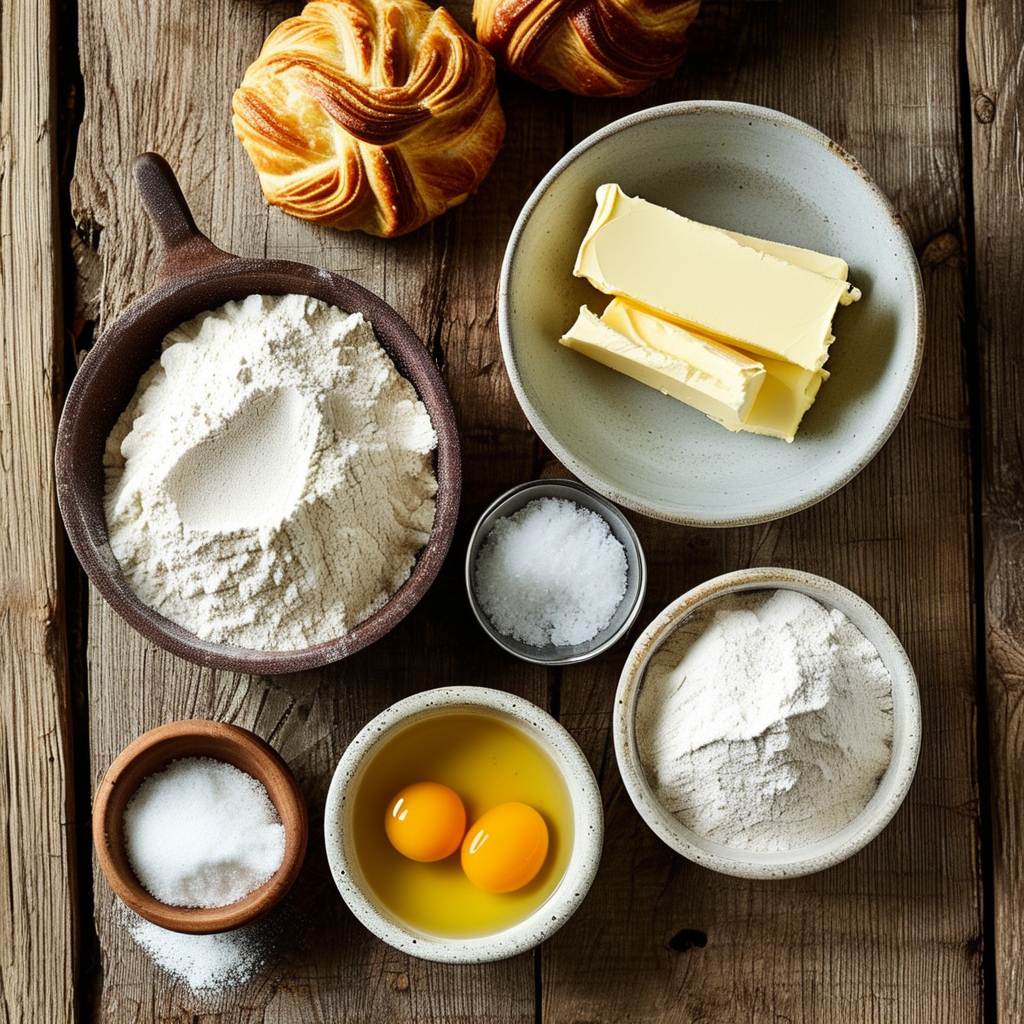
2.2 Common Ingredients in Pie Crust
Pie crusts have similar ingredients but differ in proportions. Variations like graham cracker crusts provide alternative flavors and textures.
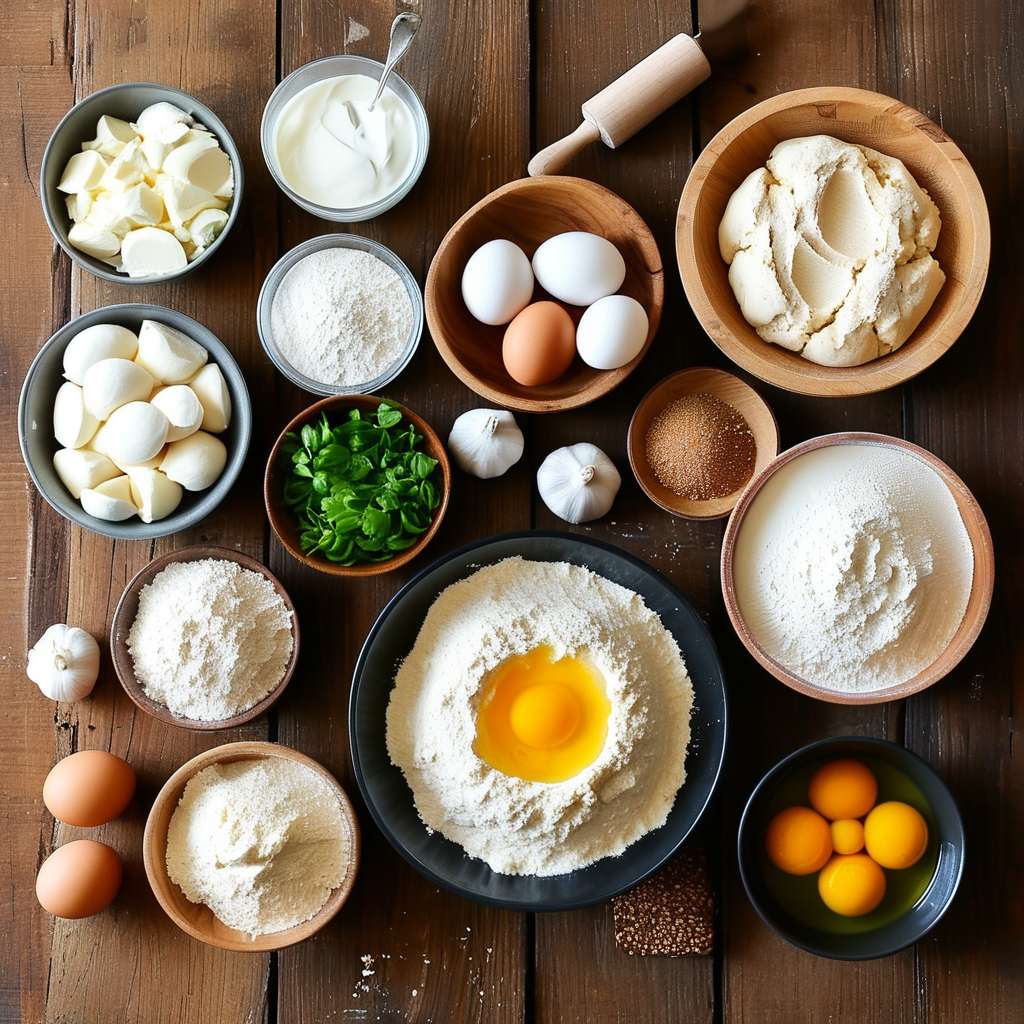
2.3 How Ingredients Affect Texture and Flavor
The difference in texture—flaky in pastry crust versus tender in pie crust—is dictated by the ratios of fat to flour and the method used during mixing and handling.
Techniques for Making Each Type of Crust
3.1 Making Pastry Crust
To create the perfect pastry crust:
- Choose the right fat for flavor and texture.
- Use cold ingredients and handle the dough as little as possible to enhance flakiness.
- Avoid overmixing, which can lead to a tough crust.
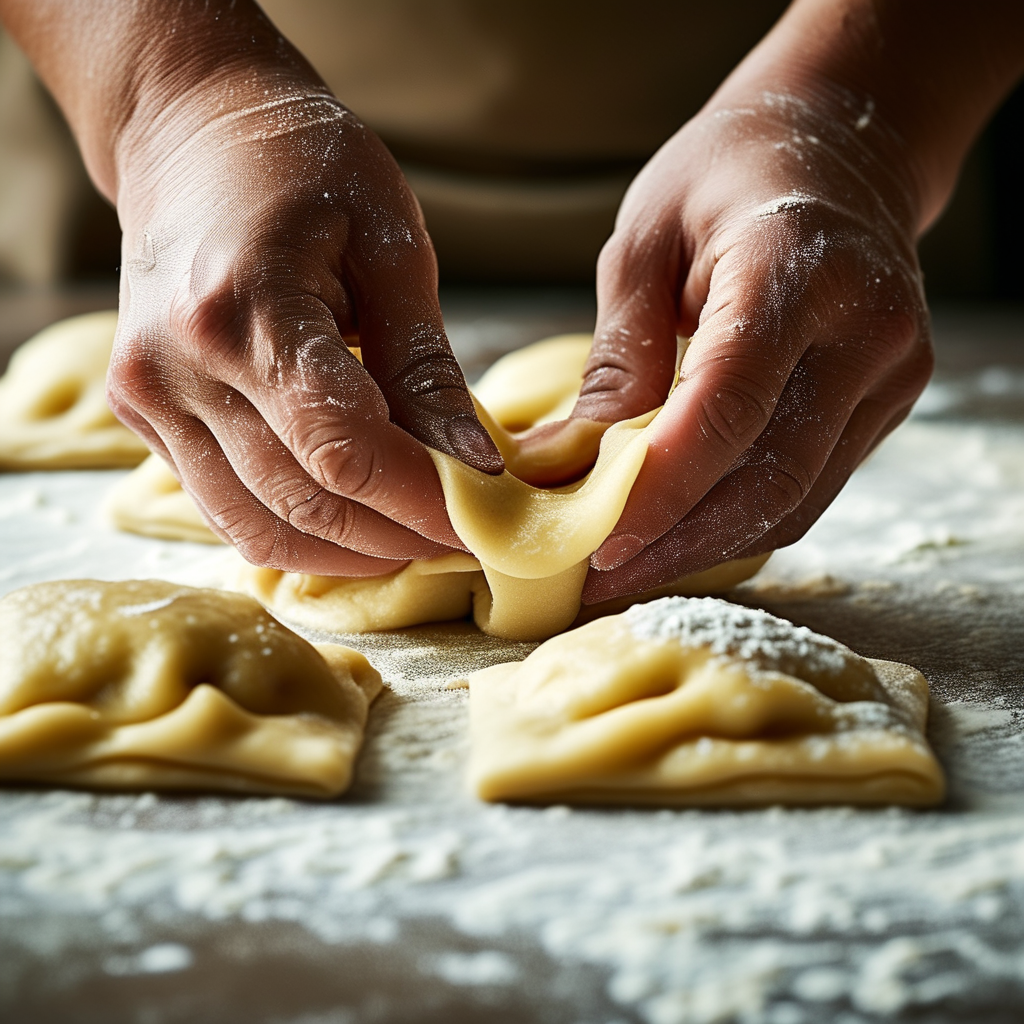
3.2 Making Pie Crust
The technique for pie crust emphasizes:
- Blind baking for optimal texture.
- Chilling to reduce shrinkage.
- Proper trimming and crimping for aesthetics and sealing.
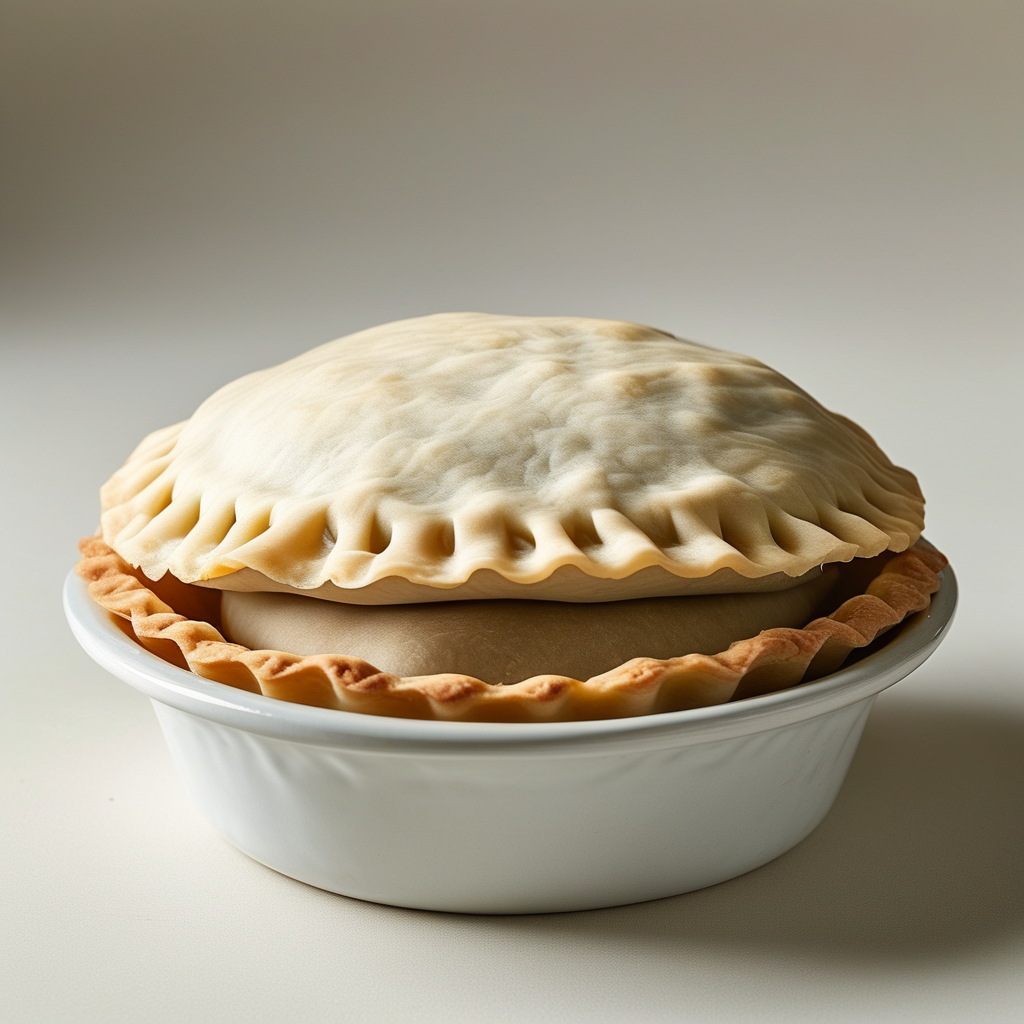
3.3 Alternate Methods and Variations
Consider using alternatives such as:
- No-roll pie crusts for quick preparation.
- Gluten-free options for dietary restrictions.
- Store-bought crusts for convenience.
Applications and Use Cases
4.1 When to Use Pastry Crust
Pastry crusts are ideal for light, sophisticated dishes such as:
- Tarts filled with fruit or cream
- Quiches with savory fillings
4.2 When to Use Pie Crust
Employ pie crusts for heartier desserts, including:
- Traditional fruit pies
- Rich cream pies
4.3 Combining Both Crusts in Recipes
Creative cooks can combine both crust types for unique recipes, providing different textures and flavors that elevate the dish.
Nutritional Information
5.1 Caloric Comparison
Understanding the caloric differences between pastry and pie crusts can aid in making informed dietary choices while baking.
5.2 Nutritional Values
Consider variations to manage fats, carbohydrates, and proteins. Seeking healthier options or alternatives can help in maintaining a balanced diet.
Frequently Asked Questions (FAQs)
What is the main difference between pastry and pie crust?
The primary difference lies in texture and purpose; pastry is flakier, while pie is sturdier.
Can I use pie crust for pastry recipes?
Though possible, results may vary due to the different textures.
How do I know if my crust is flaky or tender?
Familiarize yourself with the feel and flavor of each dough to distinguish between them.
Can I freeze pastry or pie crust? If so, how?
Both can be frozen successfully; ensure they’re well-wrapped to avoid freezer burn.
What are some common recipes that use each type of crust?
Consider exploring classics like apple pie for pie crusts or lemon tarts for pastry crusts.
Understanding the nuanced differences between pastry crust and pie crust helps improve your baking skills.
Consider different ingredient combinations and techniques to create various textures.
Experiment with both crusts to find the best fit for your recipes.
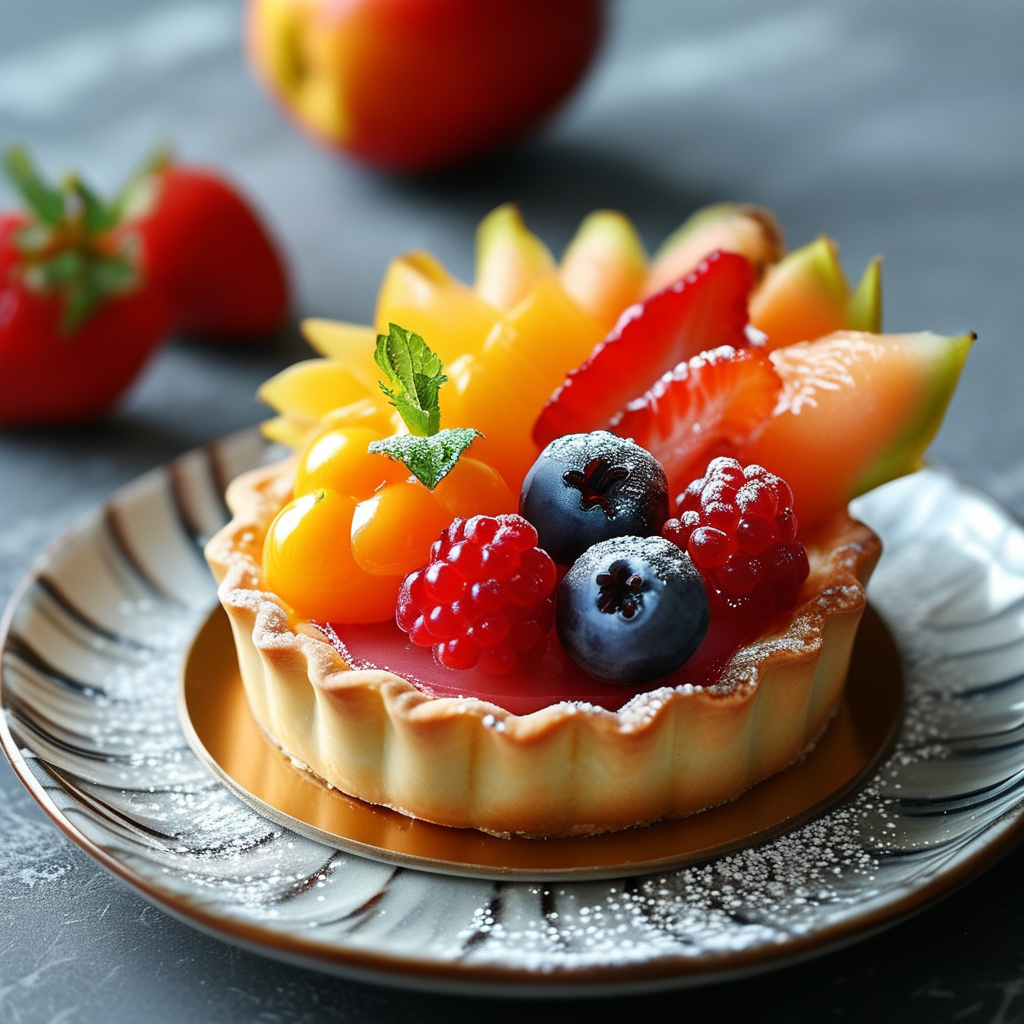
In conclusion, mastering the differences between pastry crust and pie crust not only enhances your knowledge but also your baking repertoire. Try making both at home using the tips provided, and explore the delightful world of crusted dishes!